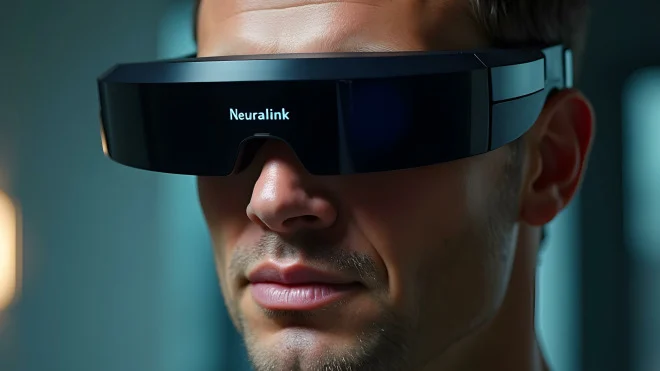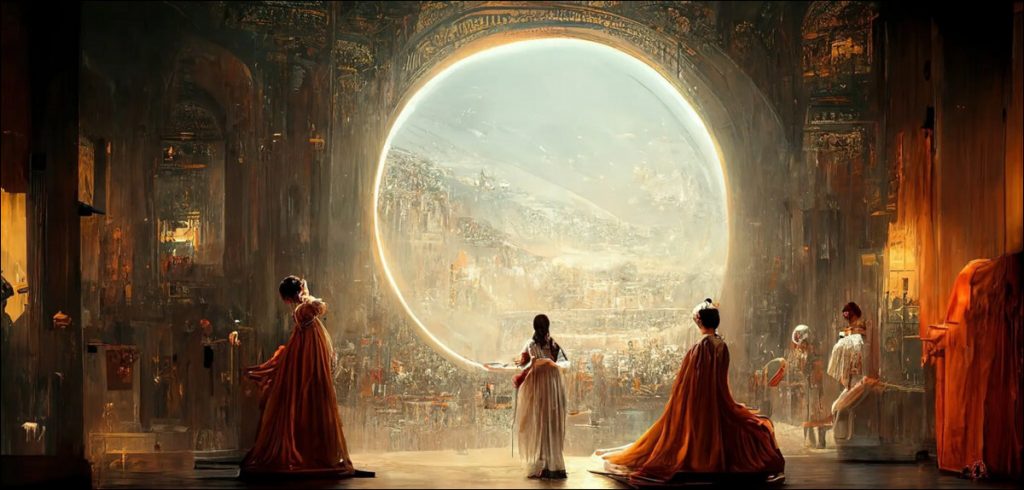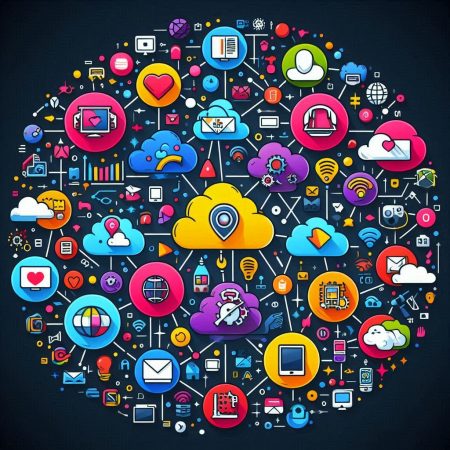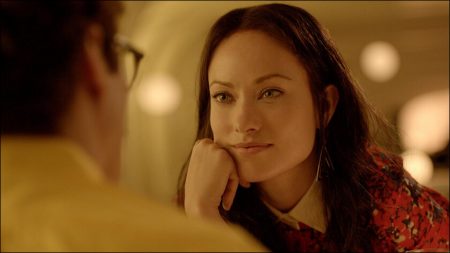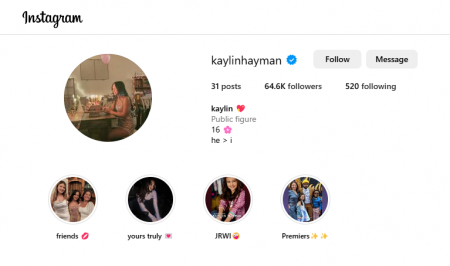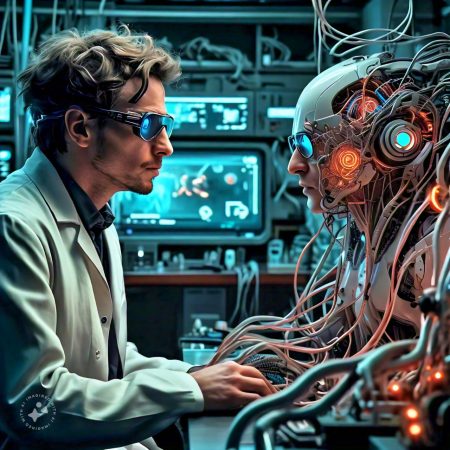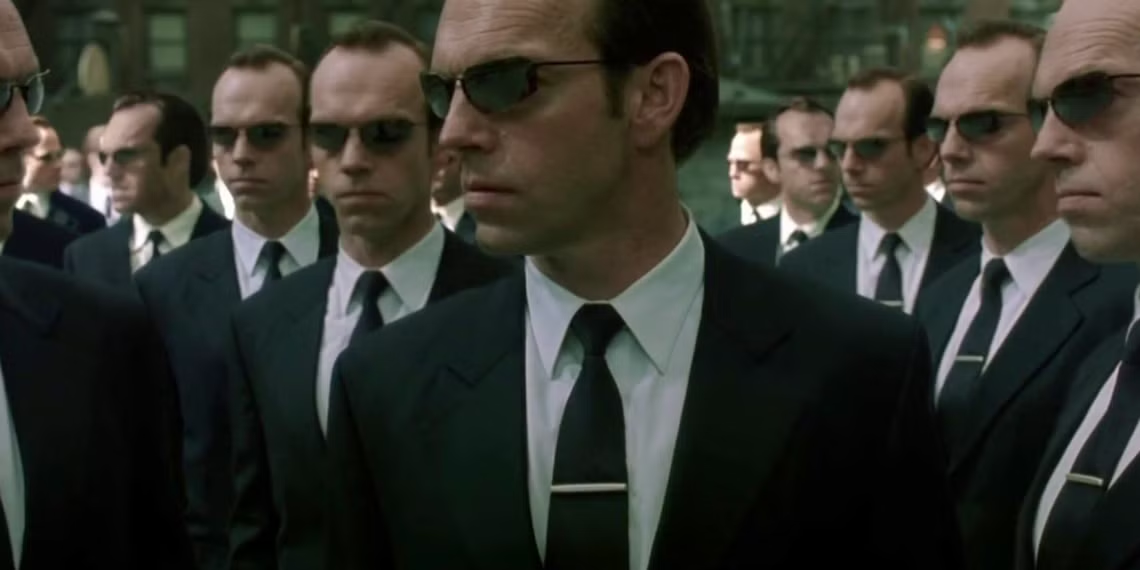“Artistic liberties leveraging original art will always be controversial and fairness and ethics will remain questionable”, says Uma.
Yesterday, I heard the Sonu Nigam song ‘Har ghadi badal rahi hai roop zindagi’. With a click of a button the song was overlaid by Arijit Singh’s voice. Only difference, Arijit Singh never sang it! Later, it was easily overlaid by Michael Jackson’s voice. The song itself is reflective of today’s life, Life changes by the second.
And how life has changed! Anyone can replace any song traditionally sung in anyone’s voice, without actually having a different singer singing it, all this thanks to AI.
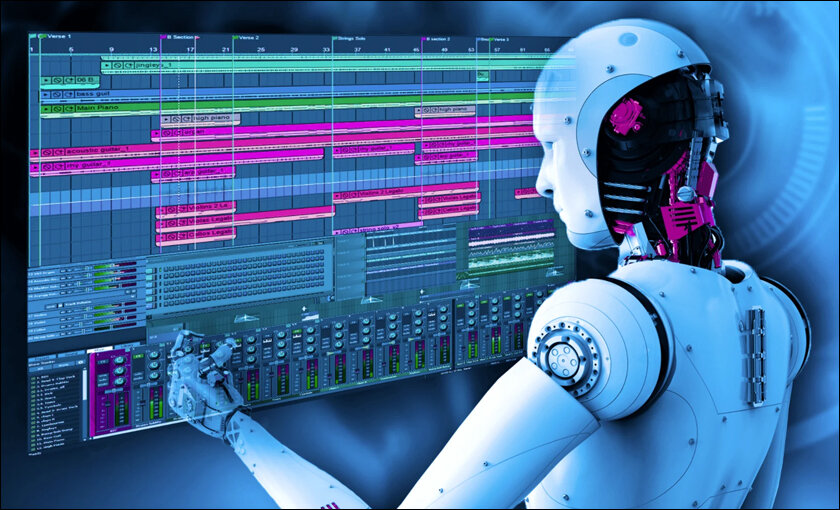
AI in Music Composition:
The above is an example of the use of AI in music. It doesn’t stop there. Ilayaraja, is one of the prolific musicians of our generation, a music director in the Tamil movie Industry. He fought long and hard to ensure that musicians do not reproduce his music in different performances and make money by performing the songs without him getting due credit or seeking his permission. He ensured that he put copyright on music that he composed.
However, if a riff from his music is taken and reversed using an application, it will be virtually impossible for him to claim copyright. Case in point song by Britney Spears in the song ‘Toxic’ where the main music piece was reversed as the catchy hook from a famous hindi song. This is just a sample of human ‘inspiration’.
When however, AI may take bits and mix it together, these could be untraceable digital pieces, with no source references. Recommendations now are based on AI algorithms, analyzing and using specific characteristics, finding patterns and personalizing tunes. It has become very easy to lift and shift from creative sources. AI is now using work of pre-existing artists mostly without their permission or reasonable compensation.
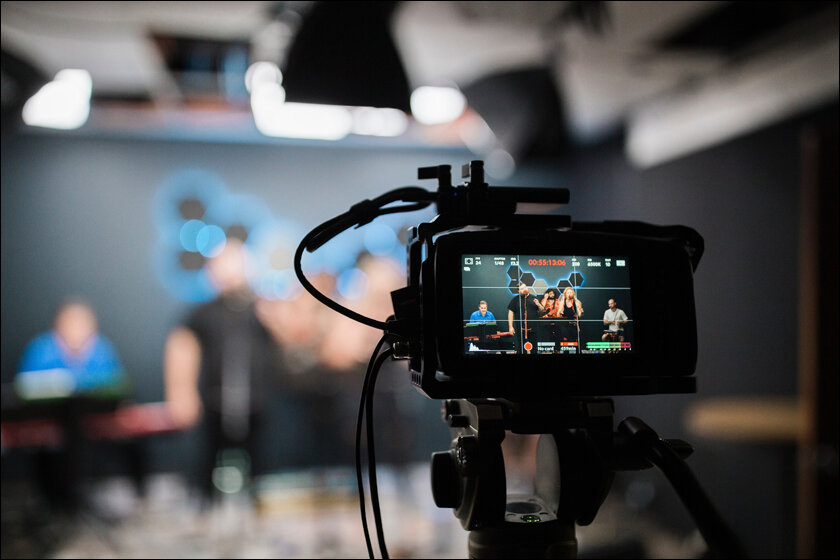
AI in Streaming:
RJs’ voices can now be sampled and get a model for the same. ‘RadioGPT uses TopicPulse technology, which scans Facebook, Twitter, Instagram, and 250k+ sources of news and information, to identify which topics are trending in a local market,” explains Futuri. “Then, using GPT-3 technology, RadioGPT creates a script for on-air use.” Traditionally, airwaves were owned by the radio stations, but now it is difficult in the digital era to own digital copies of information.
Ethics, thus becoming a crucial topic in generative intelligence. Development regulation is largely unclear and open source is a massive space. Addressing bias, transparency, accountability and privacy is very important. Most music and art forms are easily available and used recreationally.
Some people made money, however, many lacked the protection due to lack of regulation. While copyright and royalties helped the erstwhile artists using recording labels, now with AI there is no such precedence. Proving plagiarism could be difficult and painstaking.
AI in Art:
‘A.I.-Generated Picture Won an Art Prize. Artists Aren’t Happy.’ NY article read
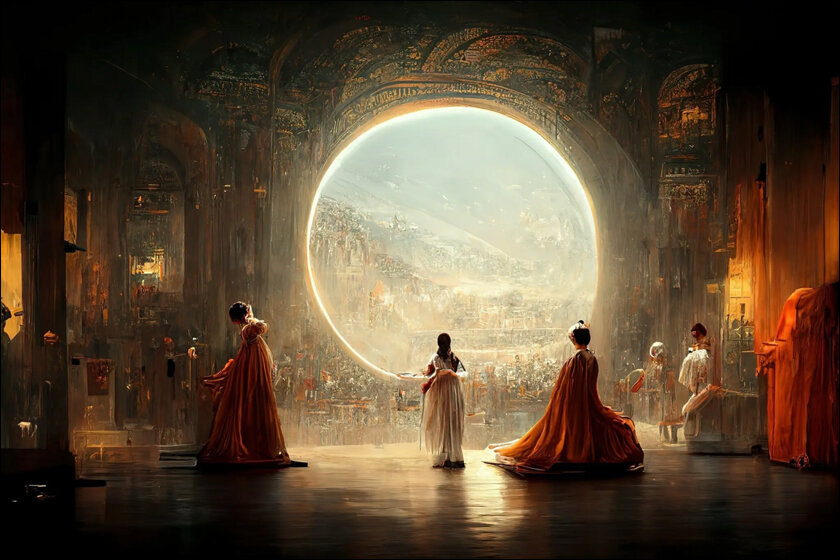
The above makes it very scary for traditional artists. The above is an AI generated art which uses specific tools that create complex scapes that are exactly curated like a traditional artist.
It is a consolidation of all the data that has been included as a part of machine learning. The same argument however is asked of photographers who photograph different landscapes and portraits and add copyright. The photographers do not own the landscape or the subject, however, the creativity and the technique required to capture great images. However, AI can now be used to differentiate photographs taken by other artists. It is a murky territory to say the least.
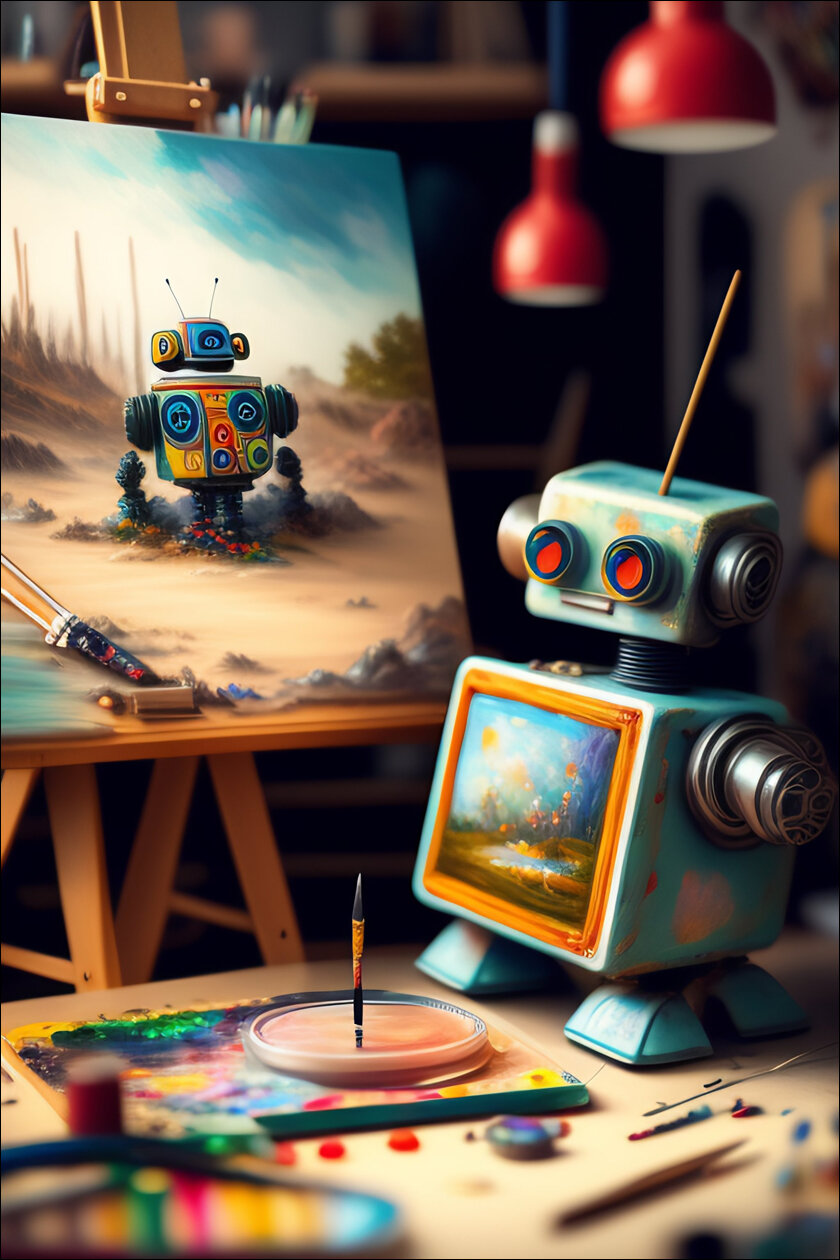
Thoughts That Are Troubling
I have been reading and writing a lot about ‘AI’- a.k.a. Artificial Intelligence. On deeper thought, it is not Artificial Intelligence, it is ‘Assimilated Intelligence’ of collected data, in the form of voice, pixels, data recorded by humans. As such there isn’t anything ‘innovative’. It is a repetition, orchestration, collation and regurgitation of information in an alternatively structured format.
There needs to be regulations that need to be immediately put in place to protect genuine creativity. Until there is ‘Artificial Intelligence’, artistic liberties leveraging original art will always be controversial and fairness and ethics will remain questionable.
In case you missed:
- AI and Opening up the Banks
- Integration of AI in Resume Screening and Battling White Lies
- Convergence Digital and Real – Is It Good
- Is Dynasty Succession Dying in Technology Business or is it a Facade? Reliance, Tata, Infosys and more
- End of Freebies
- Is Agile Dying?
- Technology – Checking Their Way Out?
- Auto Drive- Will It Ever Be a Reality?
- What Are GPT Stores Really?
- Catastrophe Prediction Systems – Are They Doomed from the Start?
